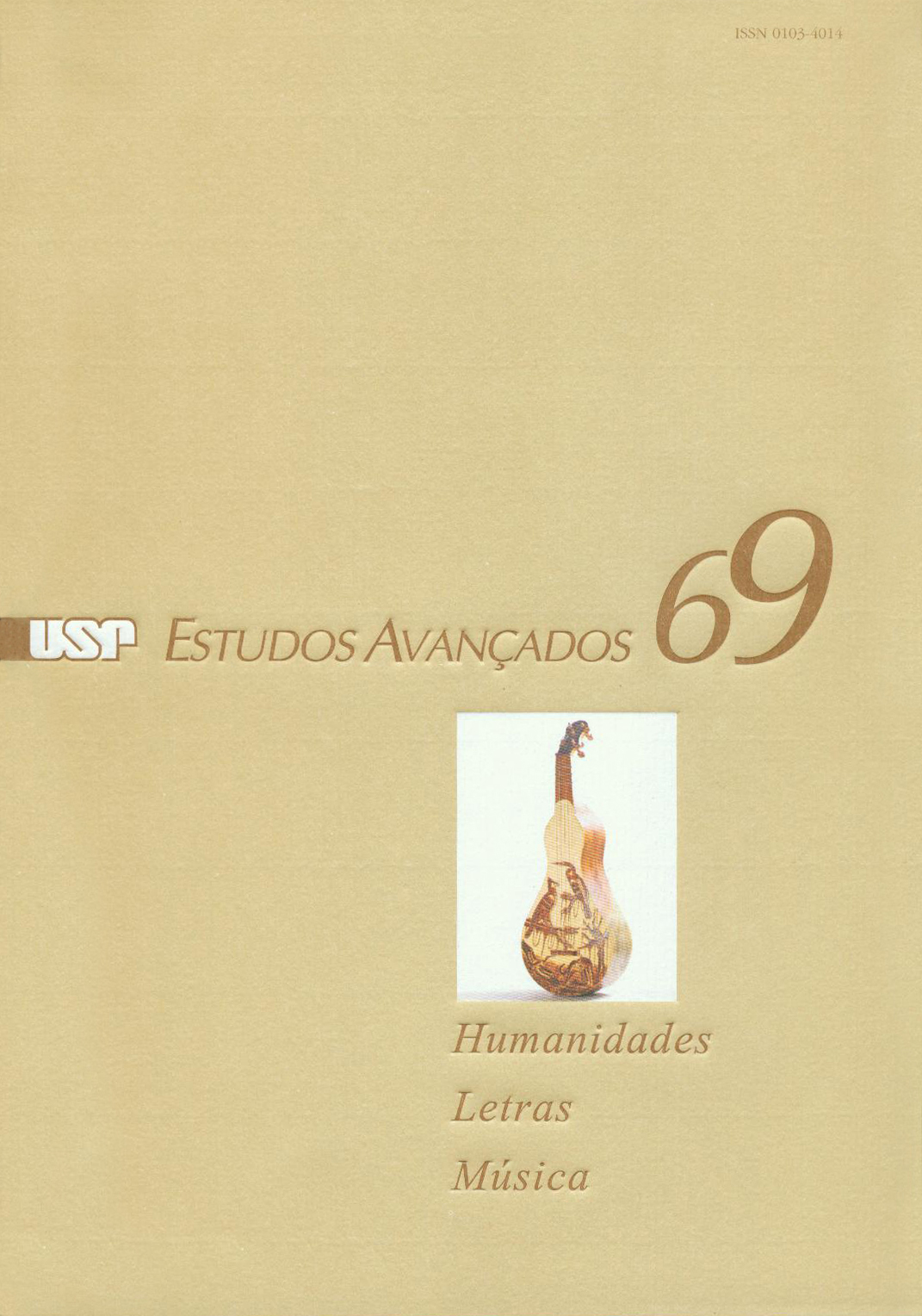Os refugos do mundo: figuras do pária
Palavras-chave:
Pária, Casta, Iluminismo, Injustiça, AlteridadeResumo
Do século XVI ao século XVIII, o termo pária, cunhado por viajantes ocidentais, oficiais do império ou missionários para designar a degradação dos marginalizados na Índia, era corrente em círculos letrados portugueses, ingleses, franceses, alemães e holandeses. No discurso iluminista - e ao longo do século XIX -, o termo adquiriu um novo sentido, relacionado à conotação cada vez mais pejorativa de "casta". Assim, a metáfora do pária representa uma expressão idiomática de crítica à autoridade arbitrária e à exclusão social e política persistente. Graças à literatura, ao teatro e à opera, ela adentra os espaços públicos literário e plebeu europeus, dando nome às hierarquias modernas invisíveis e denunciando a construção desumanizadora do outro em um mundo que alega ter a universalidade dos direitos humanos como seu princípio fundador.Downloads
Os dados de download ainda não estão disponíveis.
Downloads
Publicado
2010-01-01
Edição
Seção
Humanidades
Licença
Estudos Avançados não celebra contrato de cessão de direitos autorais com seus colaboradores, razão pela qual não detém os direitos autorais dos artigos publicados. Os interessados em reproduzir artigos publicados na revista devem necessariamente obter o consentimento do autor e atribuir devidamente os créditos ao periódico.
Como Citar
Varikas, E. (2010). Os refugos do mundo: figuras do pária . Estudos Avançados, 24(69), 31-60. https://journals.usp.br/eav/article/view/10511


